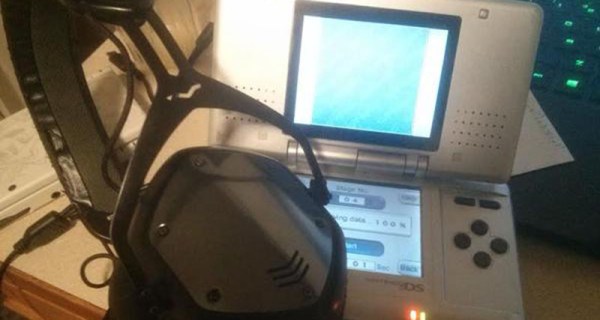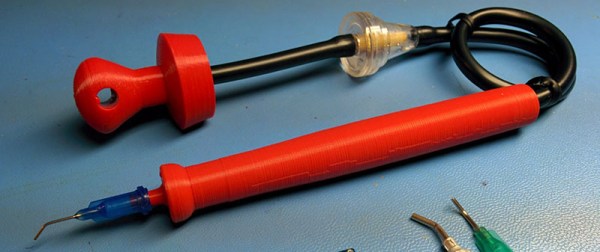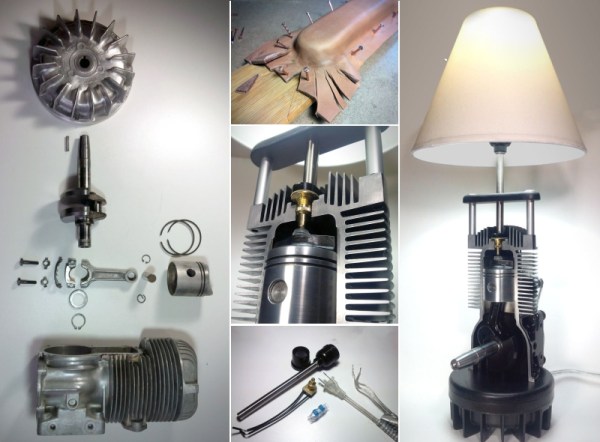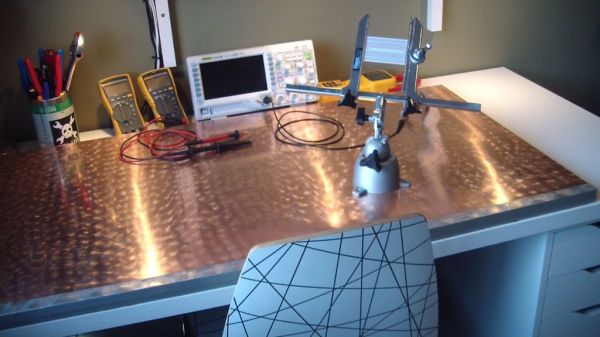We’ve got just under 2 days left in the Trinket Everyday Carry Contest. With 79 entries, and t-shirts going to the top 50 entrants, you’ve got pretty darn good odds of getting a shirt out of all of this! The design is great too, [Joe Kim] really did a great job with it!

The idea is simple: Build small, pocketable projects which are useful everyday.
We explained everything in our announcement post, and the full rules are available on the contest page. But just as a reminder, the main requirements are
- The project Must use a Pro Trinket, or a board based on the open source Pro Trinket design.
- The project must have at least 3 project logs
- The project must have at least one video
- The Hackaday.io project must include enough documentation to allow an average hobbyist to replicate the project
There are already some awesome entries vying for the top prize, but who knows – someone may come out of nowhere and walk away with a sweet Rigol ds1054z oscilloscope!
The contest deadline is January 3rd, at 12:00 am PDT. The clock is ticking, so stop waiting, and go build something awesome! Good luck to everyone who enters!
















